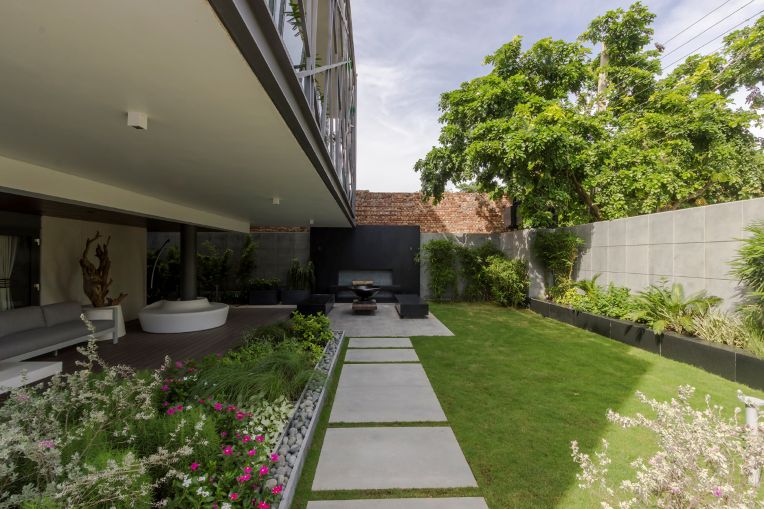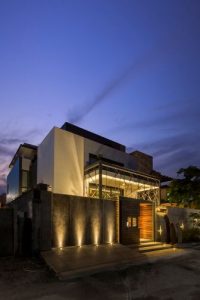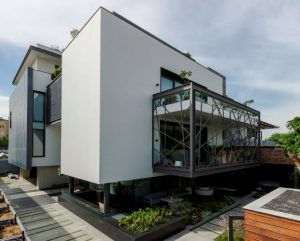Building the First Line of Defence Against the Monsoon

Sumit Dhawan
The first line of protection against any weather condition is a structure’s facade. Extreme cold, summer sun, heavy rain, and daily temperature changes all damage external surfaces. Over time, these conditions may lead to expansion, contraction, and ultimately, cracks. In addition to maintaining the buildings’ visual attractiveness, architects, builders, and property owners need to make sure they last. The facade can also be designed to withstand the monsoon with the correct selection of design and materials.
India’s monsoons range from mild coastal rains to raging gusts in urban regions. Water intrusion and material deterioration are the main issues during the monsoon season. When it rains a lot, even the slightest crack might become a spot where water can seep in. Constant moisture and humidity can lead to metal corroding, wood warping, and finishes peeling. Furthermore, wind load must be taken into account during the design process. Facades must withstand wind-driven rain and powerful gusts that could endanger structural elements, particularly in high-rise buildings. Dhawan’s strategic reactions are defined by this multi-layered perception of dangers.
Choosing Design Material
The choice of design materials is the next important stage. As textured, concrete and stone cladding are inherently resistant to monsoons, they are among the materials favoured. When properly detailed, these materials resist seepage and gain character over time. Another option is metal panels, including those made of zinc and aluminium, which are thermally efficient and resistant to corrosion when properly powder-coated. Ceramic and terracotta tiles are earthy and breathable; one can utilise them for a historic style. These tiles are utilised in designs to make rainscreens. Additionally, because double-glazed glass has hydrophobic coatings that stop corrosion, it is frequently employed in designs.
To prevent water intrusion, a monsoon-ready facade must have the right detailing. In order to divert rainfall away from the structure, the design should feature slope-driven geometry with appropriate projections and overhangs. To direct runoff, stainless steel flashings and drip edges should be added to window sills and parapets. Furthermore, as a last resort, a concealed waterproof membrane, typically bituminous or polymer-based, should be kept behind all exteriors.
Facades need to allow for natural ventilation and be moisture-resistant. Rain can be filtered while permitting cross-ventilation with jaalis and perforated panels. Additionally, movable shutters and louvres allow for flexibility; they can be closed during storms and opened during dry weather. Dhawan produces dynamic and impermeable facades that allow people to interact with the environment rather than separate from it by fusing architectural knowledge with clever material selection.
Design Philosophy
Creating facades that are ready for the monsoon season is a design philosophy based on integrity, empathy, and forethought. You can’t stop the rain, rather embrace it fearlessly if you put up the proper front. And the beauty enduring even the darkest skies is a mark of well-considered architecture.
Sumit Dhawan is Founder and Principal Architect
at Cityspace’82 Architects



